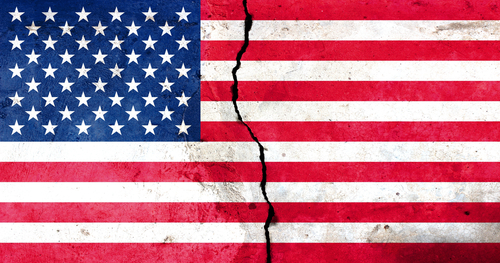
Producer inflation has unexpectedly surged in July, reigniting concerns about persistent inflationary pressures in the U.S. economy. According to the Bureau of Labor Statistics, the Producer Price Index (PPI) for final demand increased by 0.8% year-on-year, surpassing the projected 0.7% rise and marking a significant jump from June's revised 0.2% increase.
The monthly PPI growth also accelerated, climbing by 0.3% in July from a flat reading in June. This marks the first increase in annual producer inflation after a year of declines. The core PPI, excluding volatile food and energy prices, rose by 2.4% year-on-year, slightly above market expectations of 2.3%.
BIDEN: "Overall prices fell last month."
FACT: Overall prices are up 20.1% since Biden took office as inflation remains above 3% for the 39th straight month. pic.twitter.com/Cvpd78UZlP
— RNC Research (@RNCResearch) July 11, 2024
This unexpected surge comes just a day after the Consumer Price Index (CPI) report, which showed a moderate increase in annual inflation from 3% to 3.2%, slightly below the forecasted 3.3% . The rise in the PPI suggests that inflationary pressures at the wholesale level could translate into higher consumer prices in the coming months.
The index for final demand services saw a notable increase of 0.5% month-on-month in July, the highest since August 2022. Meanwhile, the index for final demand goods increased by 0.1%, driven by a 0.5% rise in final demand foods. Energy costs, however, remained unchanged for the month.
End the Fed. pic.twitter.com/L9VProvCAv
— Rothmus 🏴 (@Rothmus) July 8, 2024
Market reactions were swift following the release of the PPI data. Stock futures tumbled, with the S&P 500 and Nasdaq 100 dropping by 0.5% and 0.3%, respectively, as investors revised their expectations regarding future Federal Reserve interest rate hikes. The U.S. dollar also strengthened in response to the inflationary news.
The higher-than-expected producer inflation figures are likely to influence the Federal Reserve's policy decisions. Despite 11 rate hikes over the past 16 months, inflation remains stubbornly above the Fed's 2% target. This latest data may prompt the central bank to consider additional rate increases later this year, despite current market expectations for a pause in the September meeting.
Economists are concerned that continued inflation at the wholesale level will put further pressure on businesses and consumers. With prices for goods and services rising, the burden on American households could increase, particularly as wages struggle to keep pace with inflation.
As inflation persists, it remains a significant political issue ahead of the upcoming elections. Many Americans blame the Biden administration for the high cost of living, which could impact the Democratic Party's performance in the polls.
In conclusion, the unexpected rise in producer inflation in July underscores ongoing inflationary pressures in the U.S. economy. The implications for Federal Reserve policy and the broader economic outlook will be closely watched in the coming months.









